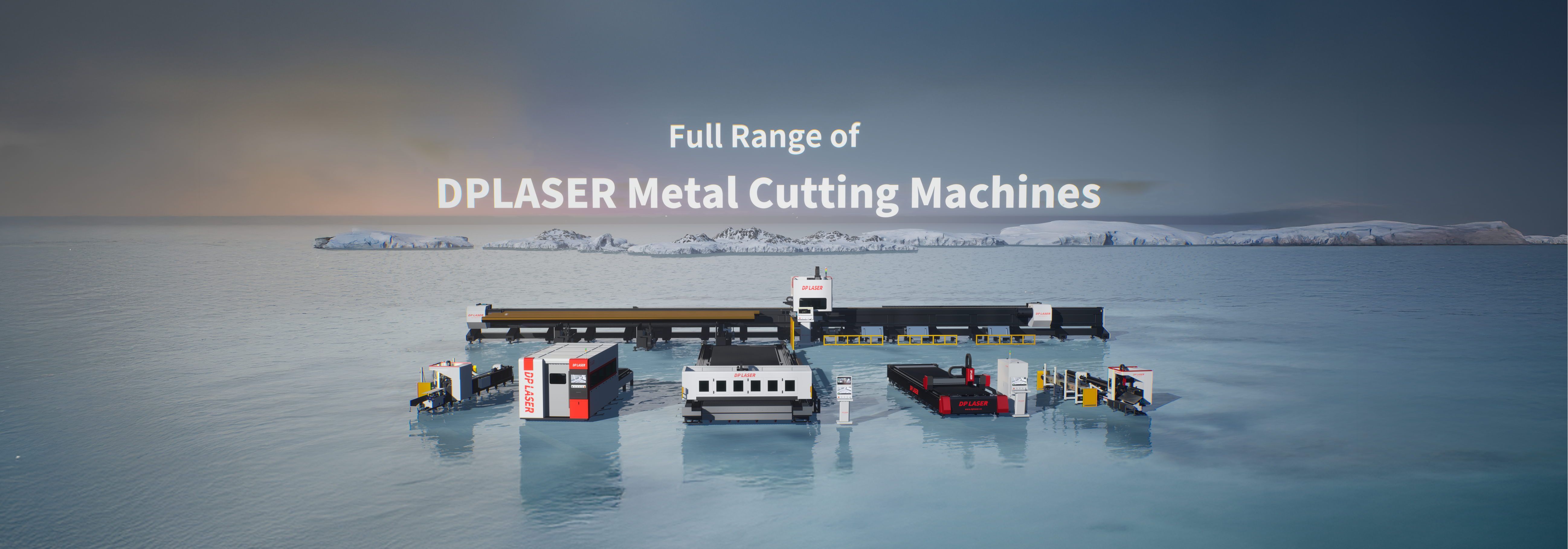Key Factors Affecting the Performance of Metal Sheet Fiber Laser Cutters
Key Factors Affecting the Performance of Metal Sheet Fiber Laser Cutters
For industrial manufacturers and metal fabricators, metal sheet fiber laser cutters could be the backbone of precision cutting operations. However, their performance hinges on multiple technical and operational factors. Understanding these variables may help businesses optimize efficiency, reduce costs, and meet industry-specific demands. Below, we explore the critical elements influencing laser cutter performance and how DPLASER’s expertise could support your production needs.

Laser Source Technology: Wavelength and Power Adaptability
The wavelength and power output of a fiber laser cutter significantly impact its cutting efficiency. Most industrial systems operate at 1μm wavelength, which is highly effective for thin to medium-thickness metals like stainless steel, aluminum, and copper. Thicker materials, such as structural steel, may require adjustments in beam quality and peak power to maintain precision.
For example, in automotive manufacturing, where lightweight aluminum components are common, a high-brightness fiber laser could enhance cutting speed while minimizing heat distortion. Meanwhile, industries working with reflective metals (e.g., brass or copper) might need specialized laser sources to prevent beam scattering.

DPLASER’s fiber laser solutions incorporate adaptive optics to ensure stable performance across varying material types, helping businesses achieve consistent edge quality without frequent recalibration.
Assist Gas Selection: Balancing Cost and Cutting Quality
The choice of assist gas—whether nitrogen, oxygen, or compressed air—plays a crucial role in both cutting speed and operating costs.
- Nitrogen is often preferred for non-oxidizing cuts in stainless steel and aluminum, producing clean edges ideal for medical equipment or food-grade applications.
- Oxygen supports faster cutting in carbon steel but may introduce slight oxidation, making it suitable for structural components where edge finish is less critical.
- Compressed air offers a cost-effective alternative for non-critical cuts, though it may not deliver the same precision as specialized gases.
Optimizing gas pressure and flow rates could reduce waste and improve energy efficiency, a key consideration for high-volume production.
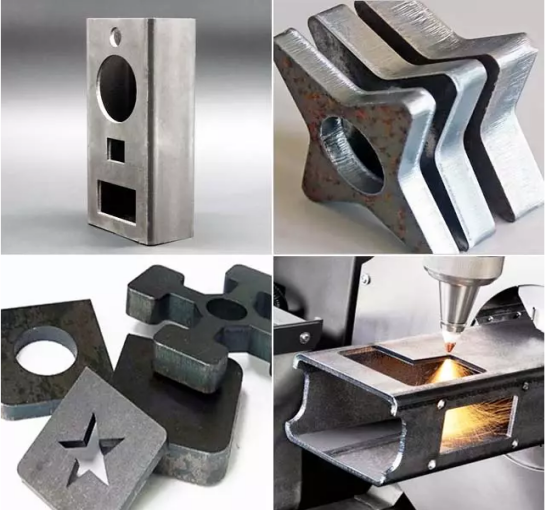
Optical System and Nozzle Design: Precision and Durability
A well-designed optical system ensures that the laser beam remains focused and stable, even during prolonged operation. Factors such as lens quality, focal length, and nozzle alignment could determine:
- Cutting precision (especially for intricate patterns in architectural metalwork)
- Maintenance frequency (poor nozzle condition may lead to slag buildup and downtime)
Some advanced systems feature vortex nozzles, which help minimize dross accumulation and extend component lifespan. DPLASER’s laser cutting systems integrate durable optical components to withstand high-intensity cutting cycles, reducing long-term maintenance costs.
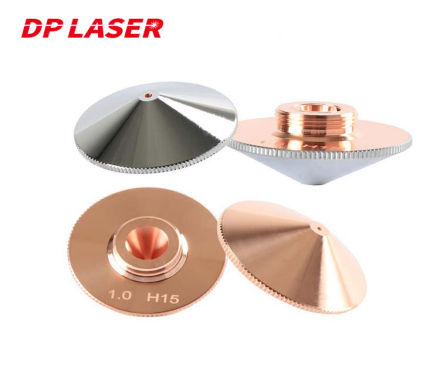
Industry-Specific Cutting Solutions
Different sectors demand tailored approaches to laser cutting:
Automotive and Aerospace: High-Speed, High-Precision Requirements
- Aluminum body panels require low heat input to prevent warping.
- Titanium aircraft components need nitrogen-assisted cutting for oxidation-free edges.
Electronics and Energy: Ultra-Thin Material Processing
- Battery copper foils (0.1–0.3mm) benefit from short-pulse lasers to avoid thermal damage.
- Solar panel frames demand high repeatability for mass production.
Construction and Decorative Metalwork: Aesthetic Edge Quality
- Stainless steel facades require smooth, burr-free cuts for visible surfaces.
- Custom metal art relies on fine-tuning laser parameters for intricate designs.
DPLASER’s laser systems support custom parameter presets, allowing manufacturers to switch between materials seamlessly.
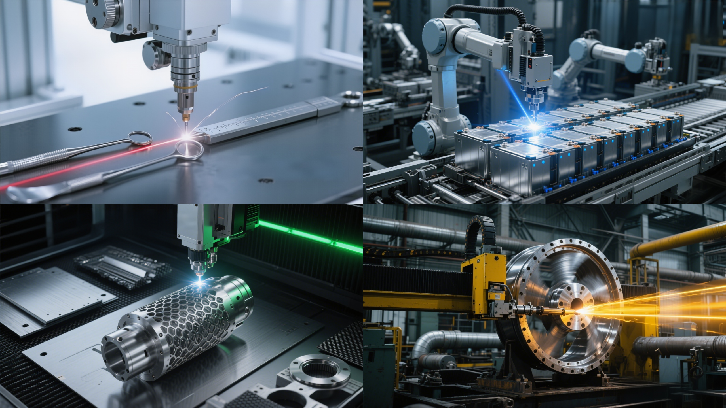
Reducing Operational Costs and Downtime
Beyond initial performance, long-term cost efficiency depends on:
- Energy consumption: Fiber lasers typically use 30–50% less power than CO₂ lasers.
- Maintenance strategies: Modular designs enable quick lens and nozzle replacements, minimizing production pauses.
- Automation integration: Auto-loading systems and AI-based nesting software could optimize material usage by up to 20%.
By adopting predictive maintenance tools, businesses may further reduce unexpected breakdowns.
Future-Proofing Your Laser Cutting Operations
As industries evolve, flexibility and scalability become critical. Emerging trends include:
- Hybrid laser systems combining cutting and welding capabilities.
- Cloud-based monitoring for real-time performance tracking.
- Enhanced motion control for 3D laser cutting applications.
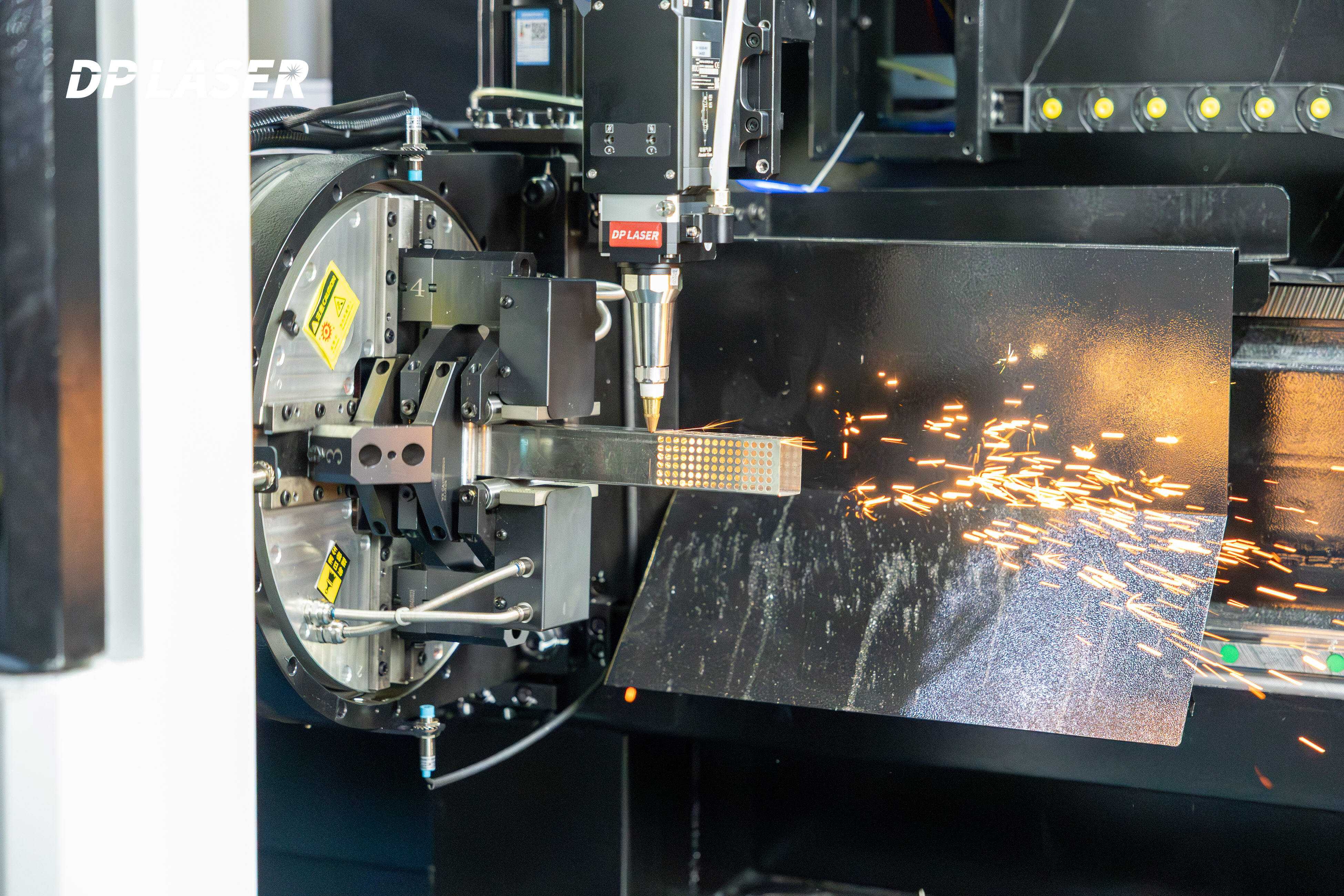
DPLASER continuously refines its fiber laser cutter technology to align with these advancements, ensuring clients stay competitive.

